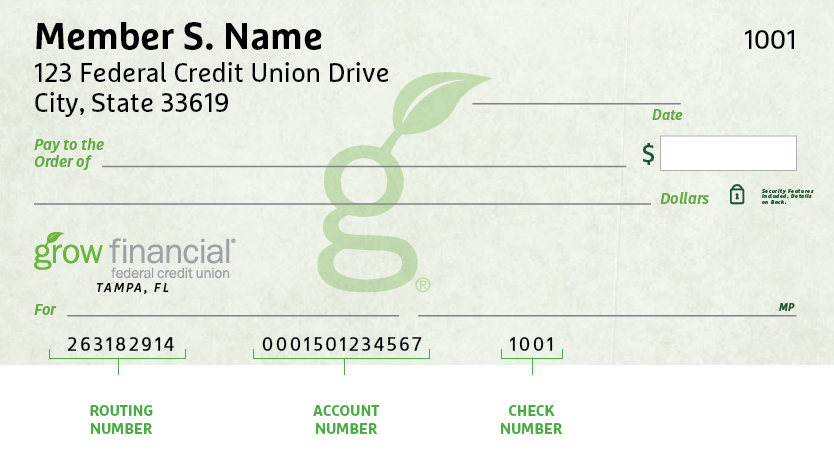- Personal
- Membership
- Membership
- Rates & Fees
- Checking
- Checking
- Personal Loans
- Personal Loans
- Wealth Management
- Investment Services
- Financial Advisors
- Resource Center
- Business

August 28, 2024
How to Protect Yourself from Smishing Scams
The Federal Trade Commission (FTC) warns that smishing, or SMS phishing, is a growing threat.* Smishing involves scammers sending fraudulent text messages to trick you into sharing personal information or clicking on malicious links. At best, these messages are annoying. At worst, they can lead to identity theft or financial loss. We’re all tired of smishing scams, so let’s talk about the effective ways to combat them.
How to reduce smishing scams
Scammers often disguise their smishing messages so they appear legitimate, tricking you into providing sensitive information, such as passwords, bank account details or multifactor authentication security codes. With access to this information, they can steal your money, identity or both. To help keep yourself safe from smishing and similar scams, you should:
- Never click links from unknown senders. A common tactic scammers use is pretending to be a delivery service, such as USPS or FedEx, and offering a link to track your package. When it comes to tracking packages, it’s safest to use an official website, rather than clicking links in text messages or emails.
- Apply extra scrutiny to unexpected messages. An unsolicited text from your bank, the IRS, government authorities — or even your company’s CEO — is unlikely to be real. When in doubt, always verify by using a separate communication channel, such as the official phone number posted on the organization’s website, before proceeding.
- Pause and ask for help. If you’re not sure about the authenticity of a text message, always ask a trusted source for assistance, such as a Grow Financial team member through our Member Contact Center or at a Grow store.
- Protect your personal information. Before entering personal information on any website, email or text chain, pause and consider why it’s needed and what will happen to it. Never share your Social Security number or financial account information with anyone.
- Report unwanted messages. Reporting unwanted messages can help prevent scams. Use your phone’s “report spam” option or forward smishing texts to 7726 (SPAM). Unwanted emails should be reported to your email provider. Additionally, many wireless providers and call-blocking apps can help prevent unwanted messages.
By following these tips, you can significantly reduce the risk of falling victim to smishing scams and keep your personal information safe. Stay vigilant, safeguard your personal information and remember to report or delete suspicious messages to protect yourself from fraud. For more information about staying safe from scams, visit Prevent Identify Theft.
*Federal Trade Commission. Avoid the Temptation of Smishing Scams. Published February 1, 2024. Accessed July 24, 2024. https://www.fcc.gov/avoid-temptation-smishing-scams.
Posted In:
How to Find Your Routing & Account Numbers
When you make a payment online, by phone or on a mobile device, you may be asked for our routing number and your checking account number. Credit unions and banks use these numbers to identify accounts and make sure money gets where it’s supposed to be. You’ll also need to provide your routing and checking account numbers for:
- Direct deposits
- Electronic checks
- Military allotments
- Wire transfers
Where to Find Your Routing & Checking Account Numbers
Your personal checks include both our routing number and your account number, as shown on the Grow check example below.

Don’t have a Grow check? No worries.
Visit any Grow store and ask for a Direct Deposit Form. It lists both your routing number and checking account number.
Making a Loan Payment
Incorrect Phone Number Alert
We’ve identified an incorrect phone number listed in a letter sent to a select group of new members with auto loans. The incorrect number is NOT affiliated with Grow. Please be sure to use our official phone number, 800.839.6328, which you can verify on our Contact Information page. For your security, keep your personal information safe and avoid sharing it over the phone, email or text message. We will never ask you for your credit or debit card security code, expiration date or PIN, login security codes, or your online banking password.
When it comes to making payments, we try to make it as painless as possible to pay your loan every month. We have several different ways to pay, including convenient online options.
Pay Online
You have two ways to pay online by transferring funds from another bank or credit union.
- Grow Online Banking (Preferred payment method for any loan)
This is the simplest way to pay your loan. You can make one-time payments or set up automatic recurring payments in Grow Online Banking. Once you log in, select “Transfer/Payments” from the menu. If you’re not enrolled in Grow Online Banking yet, you can set up your account in just a few minutes.
Log In
- Debit Card or ACH (Available for auto, personal loans and HELOCs)
Note: ACH and debit card payments are not available for credit cards or most mortgages, except HELOCs.
We accept ACH payments with no additional fees, consumer Mastercard® and Visa® debit cards with a convenience fee of $4.95, or commercial Mastercard® and Visa® debit cards with a convenience fee of 2.95% of the payment amount. To get started with an online ACH or debit card payment, select Pay Now below.
Pay Now
Pay by Mail
You can also pay any Grow loan by check through the mail. Please remember to include your account number and Grow loan number on the check. (For credit card payments, please do not write your 16-digit credit card number on the check, which can cause a delay in processing the payment.)
Address for auto, credit card, personal loan and HELOC payments:
Grow Financial Federal Credit Union
P.O. Box 75466
Chicago, IL 60675-5466Address for personal first or second mortgages and home equity payments:
Grow Financial Federal Credit Union
P.O. Box 11733
Newark, NJ 07101-4733You Are About To Leave GrowFinancial.org
At certain places on this site, there are links to other websites. Grow Financial Federal Credit Union does not endorse, approve, represent, certify or control those external sites. The credit union does not guarantee the accuracy, completeness, efficacy, timeliness or accurate sequencing of the information contained on them. You will not be represented by Grow Financial Federal Credit Union if you enter into a transaction. Privacy and security policies may differ from those practiced by the credit union. Click CONTINUE if you wish to proceed.
